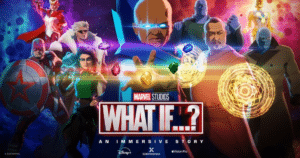Apple’s Vision Pro headset is creating waves of excitement and speculation even before its official launch, sparking intense debates about its potential impact on the tech landscape. Whether you’re thrilled by the possibilities or skeptical of the investment, there’s no denying that Apple has everyone talking.
In a new interview, Apple’s vice president of worldwide developer relations, Susan Prescott, and the senior director of product marketing for Apple Vision Pro, Steve Sinclair, dove into the developer response to the Vision Pro headset, its potential for a new computing era, Apple’s efforts to convince a cautious public to embrace this groundbreaking device.
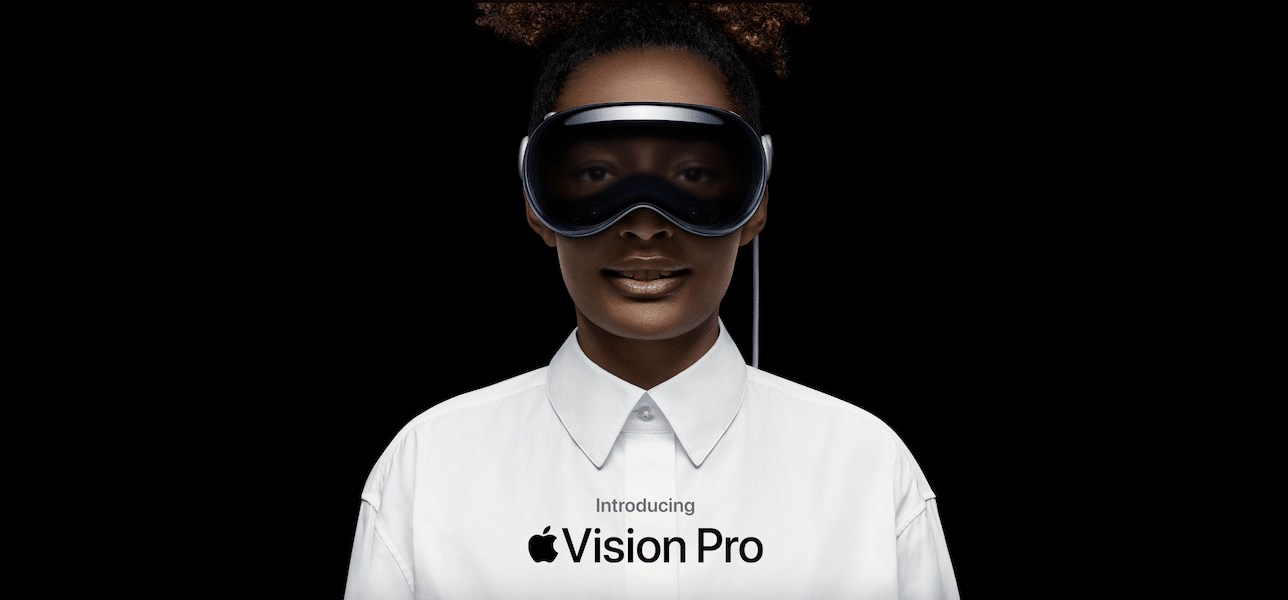
Developer response to Apple Vision Pro
After Apple unveiled the Vision Pro headset at the Worldwide Developers Conference (WWDC) in June 2023, there were initial reports of sparsely attended developer labs, indicating a lukewarm response. However, Apple insists that developers are more excited about the product than expected. The company boasts “extremely high, three-digit customer satisfaction” for the labs, indicating an overwhelmingly positive reception.
Key to this response was the hands-on experience provided to developers during WWDC. Being able to witness and interact with the device firsthand has ignited their enthusiasm. Developers believe that the potential for immersive experiences, such as watching movies on a massive virtual canvas or reliving memories in 3D space, will inspire them to create innovative apps.
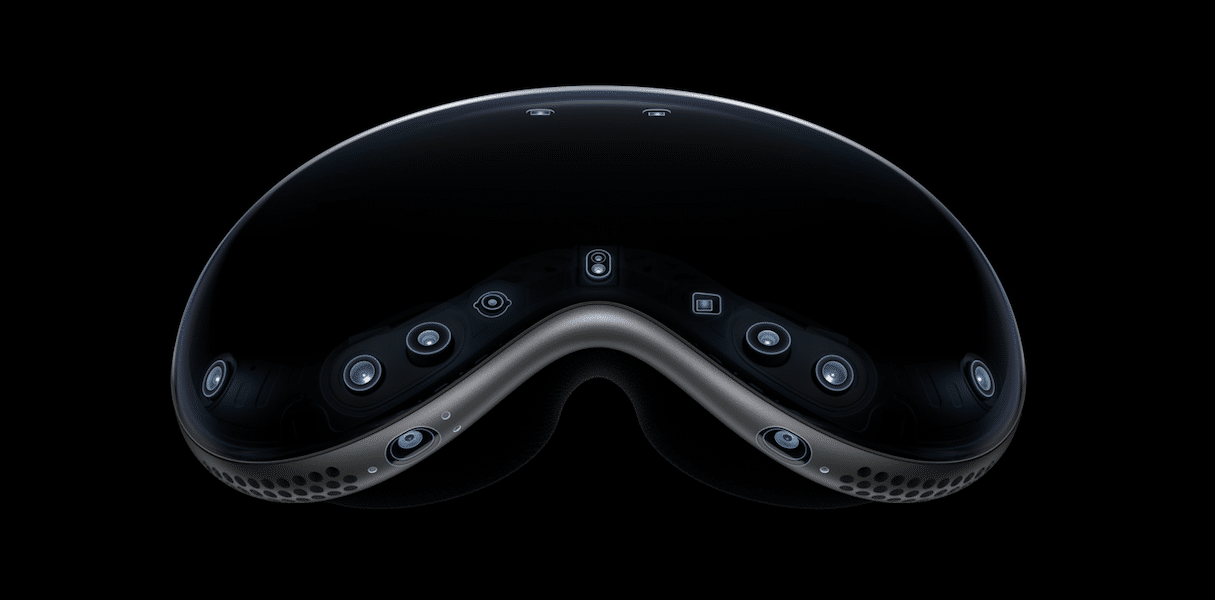
Vision Pro’s position in the XR market
While Apple is not the first company to enter the extended reality (XR) headset market, developers remain optimistic. Some liken the emergence of Vision Pro to the early days of personal computing in the 1980s, foreseeing a monumental shift in the tech landscape. XRHealth, specializing in XR apps for healthcare, believes XR devices are on the cusp of becoming the primary tech interface.
Siddarth Satish, VP of AI at Stryker, sees potential in Vision Pro for healthcare by reducing the need for specialized equipment and making it more accessible for developers to create valuable clinical applications. Despite the challenges, smaller developers like Ryan McLeod, game designer at Shapes & Stories and developer of the Blackbox iOS game, see the opportunity to explore new concepts and push the boundaries of XR.
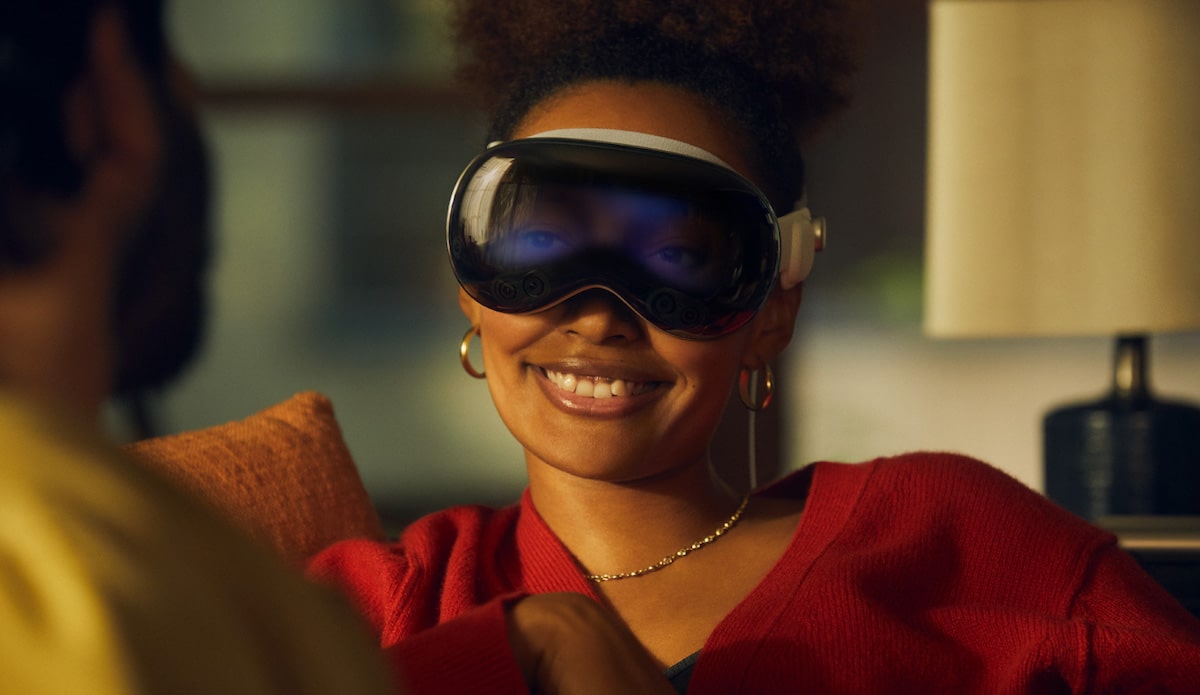
How can Apple convince consumers to purchase its $3,500 headset?
One of Apple’s significant challenges is persuading the public to embrace extended reality, especially given the hefty price tag of $3,499. However, initial reactions from users indicate that the immersive experiences offered by Vision Pro can make them forget they are wearing a headset.
Apple’s strategy revolves around showcasing the extraordinary spatial experiences the device offers. By focusing on creating apps that seamlessly transition from windows to immersive environments, Apple aims to demonstrate the headset’s potential to users.
“One of the things that we’ve observed is that when people first put on Vision Pro, they’re so blown away by the new spatial experiences that they see that they oftentimes forget that they’re actually wearing something,” says Sinclair.
“When we’re working with developers,” he continues, “we really try to stress the importance of creating new experiences that take advantage of all those capabilities.” That means building apps that “flex from windows to apps to being able to create fully immersive applications that transport you somewhere else. Because those are the things that customers and users are going to be excited about.”
The company emphasizes user-friendly interactions using hands, eyes, and voice, mirroring Steve Jobs’ philosophy of simplicity.
“We came to the most simple conclusion, which is: [people] should use something they already know how to use. It’s their eyes, it’s their hands, it’s their voice.” It’s reminiscent of Apple co-founder Steve Jobs’ famous reluctance to add a stylus to the original iPhone, instead preferring “the best pointing device in the world” — a user’s finger.
To ensure the success of Vision Pro, Apple is committed to making development accessible to all developers. Familiar Apple tools are provided to create apps on the visionOS platform, simplifying the process even for newcomers. Developers suggest that Apple should continue to provide tools and support as the platform expands. Grants for developers who cannot afford the headset or a Mac could be beneficial, fostering a more inclusive developer community.
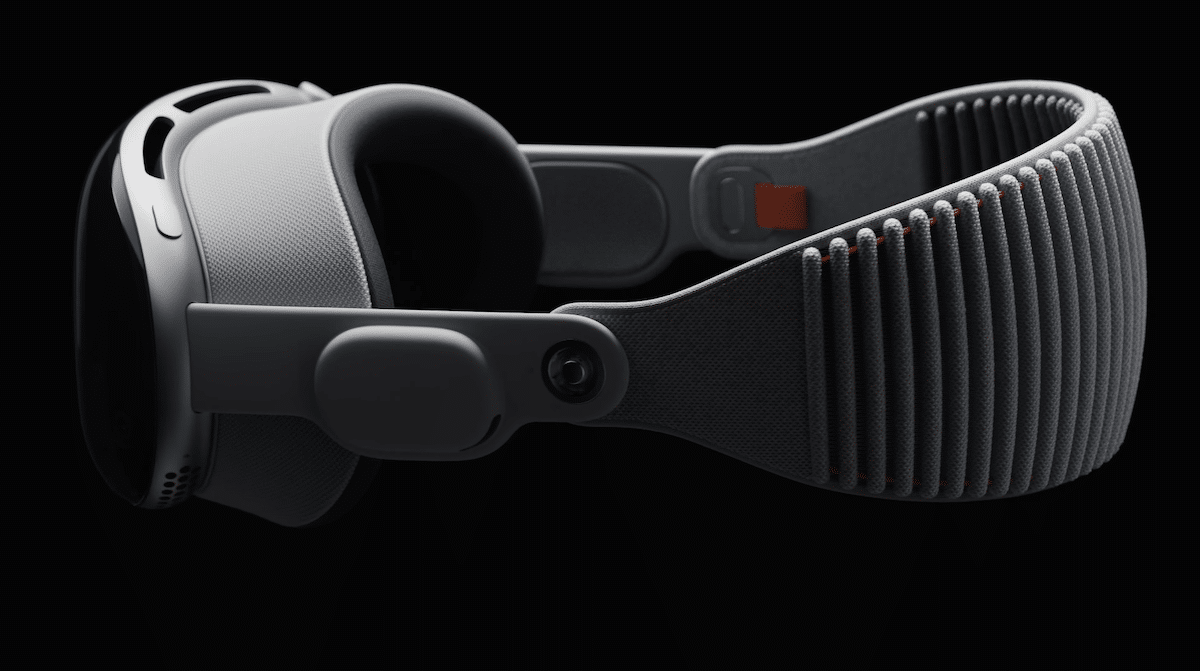
Furthermore, Apple can enhance developer engagement by offering more hands-on experiences, pushing beyond traditional annual events like WWDC. By continuously releasing example apps, API documentation, and opportunities for direct interaction with Apple engineers, the company can nurture a thriving developer ecosystem.
(via Digital Trends)



